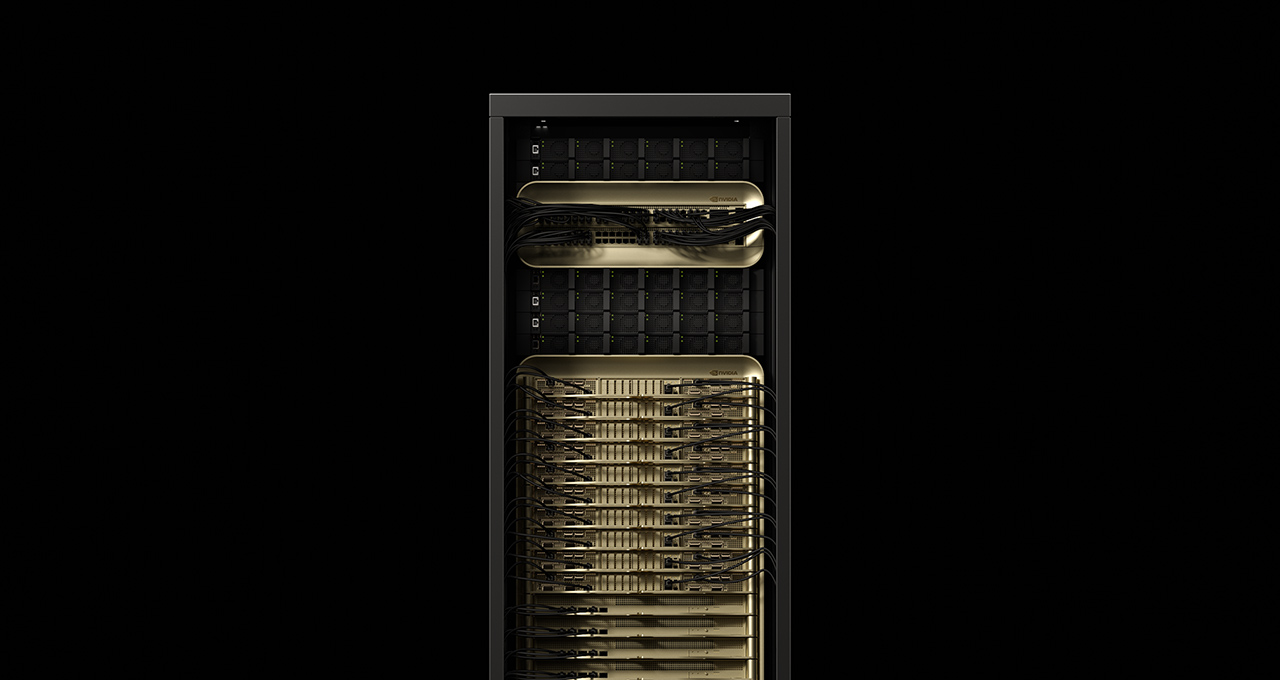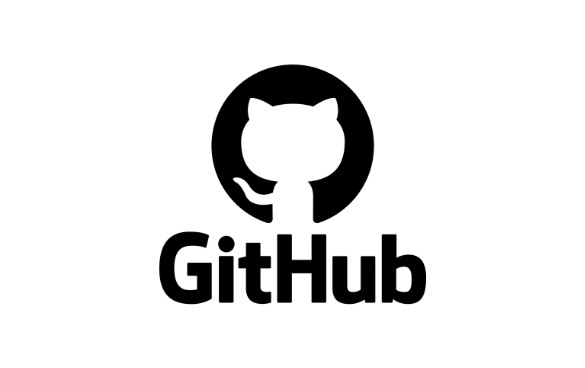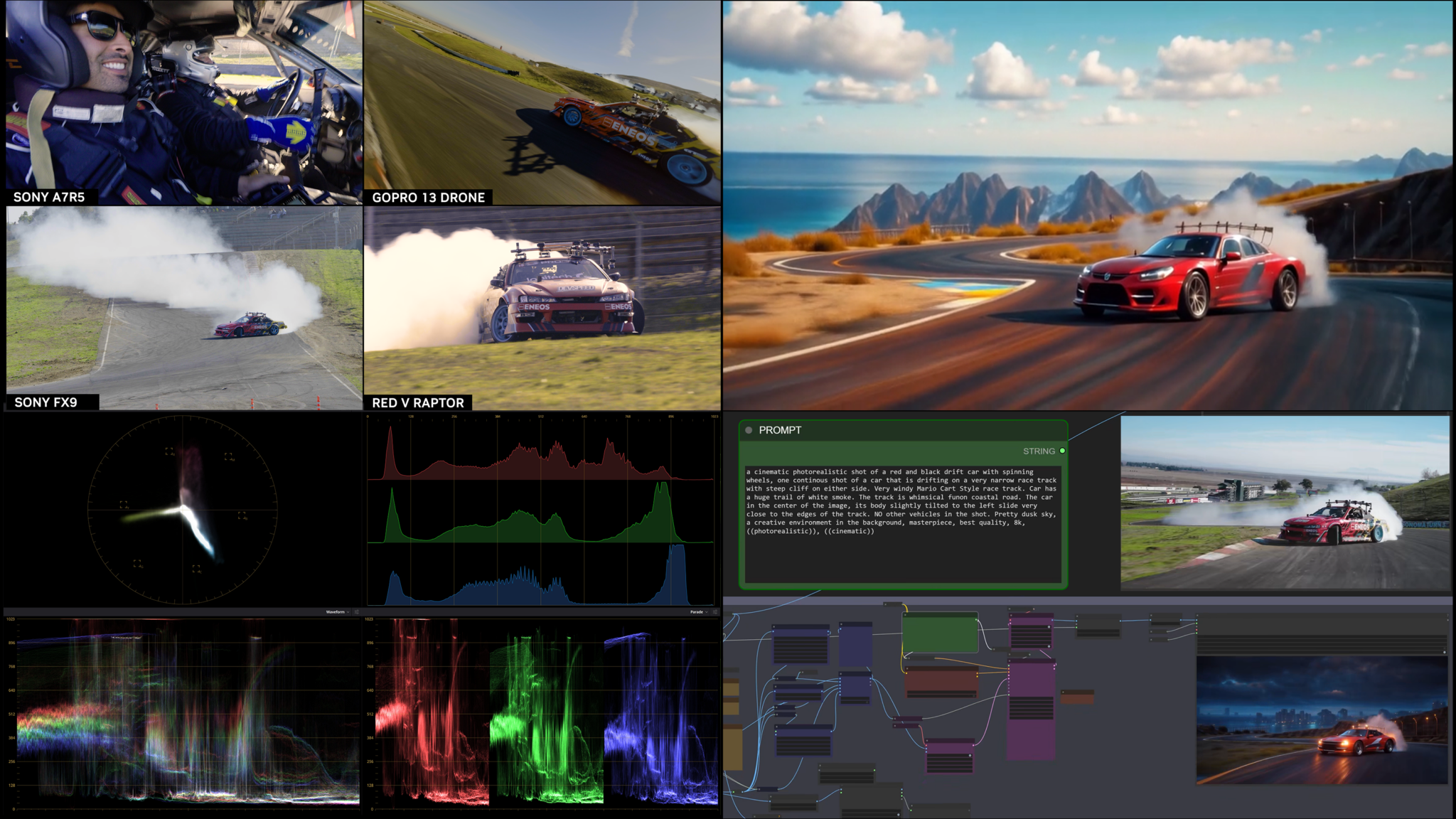
NVIDIA announced at SIGGRAPH fVDB, a new deep-learning framework for generating AI-ready virtual representations of the real world.
fVDB is built on top of OpenVDB, the industry-standard library for simulating and rendering sparse volumetric data such as water, fire, smoke and clouds.
Generative physical AI, such as autonomous vehicles and robots that inhabit the real world, need to have “spatial intelligence” — the ability to understand and operate in 3D space.
Capturing the large scale and super-fine details of the world around us is essential. But converting reality into a virtual representation to train AI is hard.
Raw data for real-world environments can be collected through many different techniques, like neural radiance fields (NeRFs) and lidar. fVDB translates this data into massive, AI-ready environments rendered in real time.
Building on a decade of innovation in the OpenVDB standard, the introduction of fVDB at SIGGRAPH represents a significant leap forward in how industries can benefit from digital twins of the real world.
Reality-scale virtual environments are used for training autonomous agents. City-scale 3D models are captured by drones for climate science and disaster planning. Today, 3D generative AI is even used to plan urban spaces and smart cities.
fVDB enables industries to tap into spatial intelligence on a larger scale and with higher resolution than ever before, making physical AI even smarter.
The framework builds NVIDIA-accelerated AI operators on top of NanoVDB, a GPU-accelerated data structure for efficient 3D simulations. These operators include convolution, pooling, attention and meshing, all of which are designed for high-performance 3D deep learning applications.
AI operators allow businesses to build complex neural networks for spatial intelligence, like large-scale point cloud reconstruction and 3D generative modeling.
fVDB is the result of a long-running effort by NVIDIA’s research team and is already used to support NVIDIA Research, NVIDIA DRIVE and NVIDIA Omniverse projects that require high-fidelity models of large, complex real-world spaces.
Key Advantages of fVDB
- Larger: 4x larger spatial scale than prior frameworks
- Faster: 3.5x faster than prior frameworks
- Interoperable: Businesses can fully tap into massive real-world datasets. fVDB reads VDB datasets into full-sized 3D environments. AI-ready and real-time rendered for building physical AI with spatial intelligence.
- More powerful: 10x more operators than prior frameworks. fVDB simplifies processes by combining functionalities that previously required multiple deep-learning libraries.
fVDB will soon be available as NVIDIA NIM inference microservices. A trio of the microservices will enable businesses to incorporate fVDB into OpenUSD workflows, generating AI-ready OpenUSD geometry in NVIDIA Omniverse, a development platform for industrial digitalization and generative physical AI applications. They are:
- fVDB Mesh Generation NIM — Generates digital 3D environments of the real world
- fVDB NeRF-XL NIM — Generates large-scale NeRFs in OpenUSD using Omniverse Cloud APIs
- fVDB Physics Super-Res NIM — Performs super-resolution to generate an OpenUSD-based, high-resolution physics simulation
Over the past decade, OpenVDB, housed at the Academy Software Foundation, has earned multiple Academy Awards as a core technology used throughout the visual-effects industry. It has since grown beyond entertainment to industrial and scientific uses, like industrial design and robotics.
NVIDIA continues to enhance the open-source OpenVDB library. Four years ago, the company introduced NanoVDB, which added GPU support to OpenVDB. This delivered an order-of-magnitude speed-up, enabling faster performance and easier development, and opening the door to real-time simulation and rendering.
Two years ago, NVIDIA introduced NeuralVDB, which builds machine learning on top of NanoVDB to compress the memory footprint of VDB volumes up to 100x, allowing creators, developers and researchers to interact with extremely large and complex datasets.
fVDB builds AI operators on top of NanoVDB to unlock spatial intelligence at the scale of reality. Apply to the early-access program for the fVDB PyTorch extension. fVDB will also be available as part of the OpenVDB GitHub repository.
Dive deeper into fVDB in this technical blog and watch how accelerated computing and generative AI are transforming industries and creating new opportunities for innovation and growth in NVIDIA founder and CEO Jensen Huang’s two fireside chats at SIGGRAPH.
See notice regarding software product information.
Blog Article: Here






